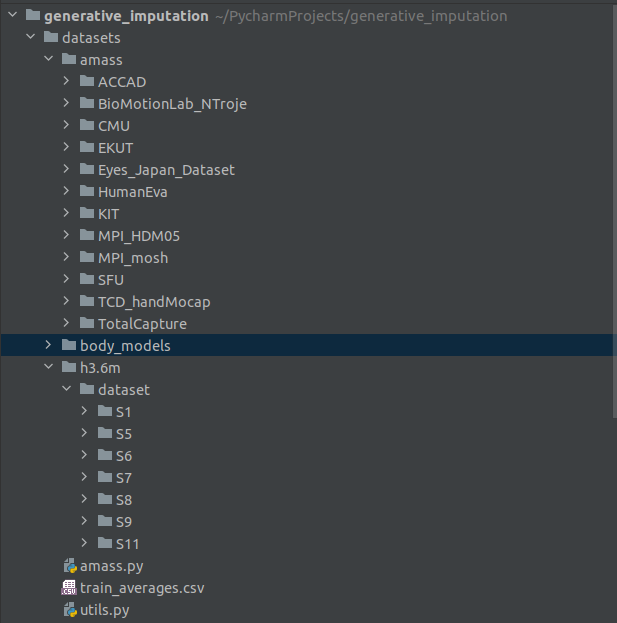Hierarchical Graph-Convolutional Variational AutoEncoding for Generative Modelling of Human Motion
Models of human motion commonly focus either on trajectory prediction or action classification but rarely both. The marked heterogeneity and intricate compositionality of human motion render each task vulnerable to the data degradation and distributional shift common to real-world scenarios. A sufficiently expressive generative model of action could in theory enable data conditioning and distributional resilience within a unified framework applicable to both tasks. Here we propose a novel architecture based on hierarchical variational autoencoders and deep graph convolutional neural networks for generating a holistic model of action over multiple time-scales. We show this Hierarchical Graph-convolutional Variational Autoencoder (HG-VAE) to be capable of generating coherent actions, detecting out-of-distribution data, and imputing missing data by gradient ascent on the model's posterior. Trained and evaluated on H3.6M and the largest collection of open source human motion data, AMASS, we show HG-VAE can facilitate downstream discriminative learning better than baseline models.
PDF Abstract



 AMASS
AMASS